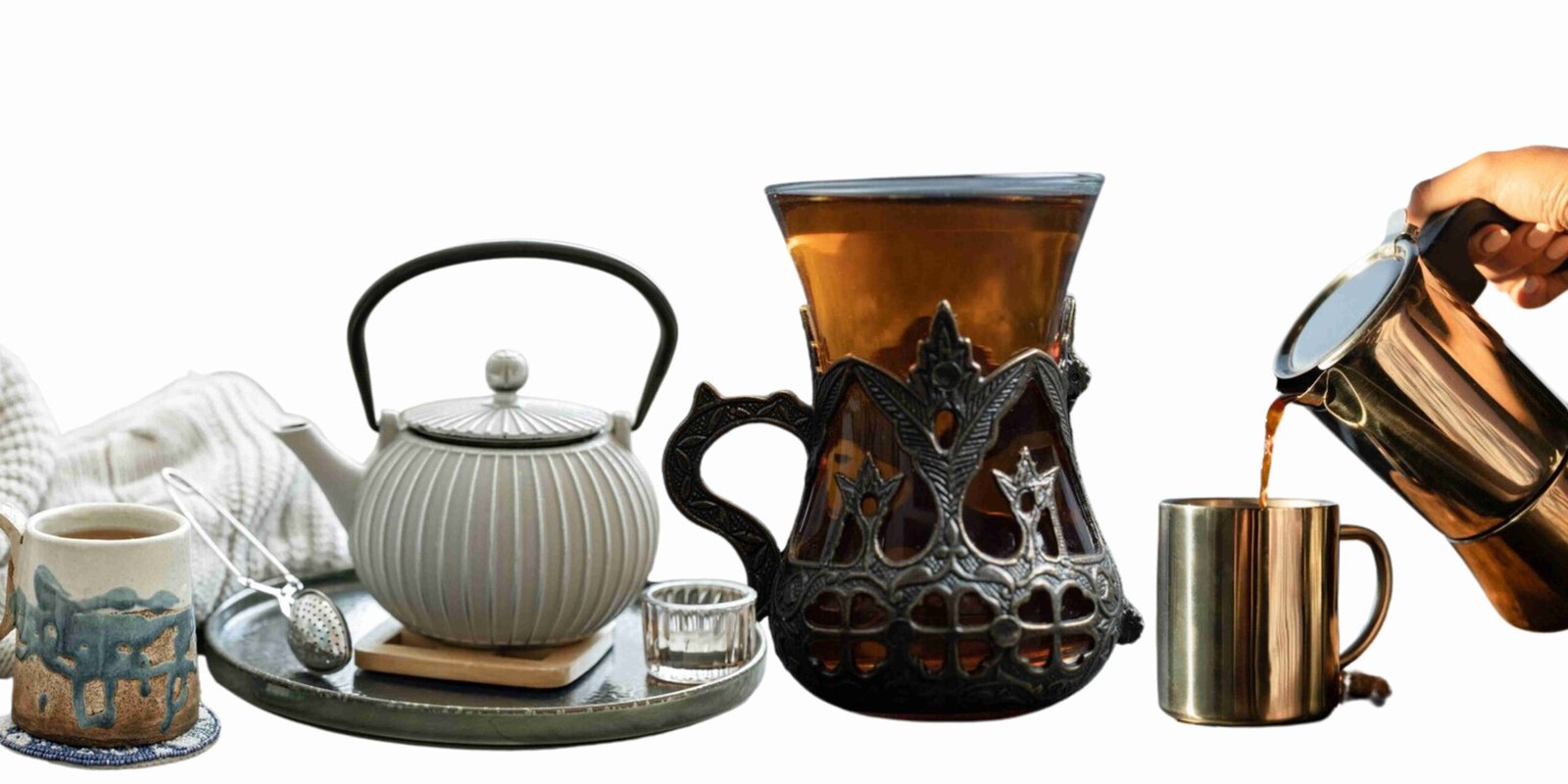European Teapot: Teakettle That Settled The West
Northshoredish.com- European Teapot: Teakettle That Settled The West. The European teapot is now a family treasure in the United States, even though most of us thought it came from here. In America, most European teakettles are bought as gifts, so craftsmen and glassblowers have made sure that their art lives on.
You can give someone a teapot as a gift. It looks good in the kitchen and works well for everyday jobs. There is a lot of history and culture connected to the teapot. In the 1600s, it was first made in Europe. This dish was made so that tea could be made and served.
Since it was first found in the third century, tea has been a famous drink. The tea plant was grown for the first time in the 400s. There are trees in this plant that stay green all year and can get up to 50 feet tall. For farming reasons, though, it is usually cut back into bushes and left to grow to five feet tall.
The history of how tea was discovered is not clear. Some of them say it was the Chinese Emperor Chen Nung, who ruled in the third century. Some say that he sat under a tree one time and boiled water for himself. He got leaves from the Camellia sinensis tree in his bowl. The mixture that was made tasted so good that it made people want to make tea.
Some people say that a Dharuma Buddhist monk who came to India from China in the fifth century found tea. According to reports, he found a drink made from tea plant leaves that helped him stay awake and alert.
Ancient Methods of Making Tea
In the past, it wasn’t as simple to make tea as it is now. Back in the 800s, tea leaves were rolled by hand and then left to dry. The dried leaves were ground up into a powder, which was then mixed with salt and shaped into cakes. A cake was dropped into a bowl of hot water to make tea. The cake made the water thick and pourable. The loose powder was being used by the end of the decade. Hot water was added to the powder to make a foam. After cooking the foam, the juice was put on top of it.
During the Ming Dynasty, teapots were first brought to China. Purple clay called “zisha” was used to make them. In Europe, teapots were first used after 1610, when Dutch traders brought tea there. They were also called teakettles. It was the 18th century, and teapots were made of china and had paintings on their rounded sides. When the English added their touch, they mixed bone ash with porcelain clay to make it look completely different. The teapot has changed a lot over hundreds of years to become what it is today. Today, teapots come in a lot of different styles, made from clay, porcelain, glass, and even ceramic.
When choosing the right teapot, there are a few things you should keep in mind.
People really want the European Teapot more than any other type. Don’t forget to check these things:
1. How it looks: Something beautiful is always a joy. The first thing you should do is choose a European teapot that looks nice. People should want to use it just by looking at it. A pretty teakettle is fun to talk about and makes you want to show it off to your guests.
2. Material: The purpose of the item will tell you which material is best. If you just want something to serve tea in, a clay or ceramic teapot is a good choice. If you want to avoid extra work, a special glass teapot is the best choice because you can use it to both make and serve tea. The pot is strong enough to use on the stove, and it also looks nice enough to serve tea to guests.
Handle: The handle should be made of a material that doesn’t get hot and become hard to hold. When you buy a hot teapot, you should pay extra attention to this. It will be harder to do things and you could burn your fingers if the handle gets hot when it’s heated.
4. Flow: The liquid should be able to flow out of the teapot easily through the spout without any holes. If the teapot has an infuser, the tea will be strained immediately when it is poured, which is even better.
6. The teapot’s center of gravity—Do this quick test. Third-fourths of the way full, fill the teapot with water. Get the water up and pour it into a cup. The gravity center of the teapot is not right if you have any trouble or if the hand becomes unstable. Throw away such a thing right away.
